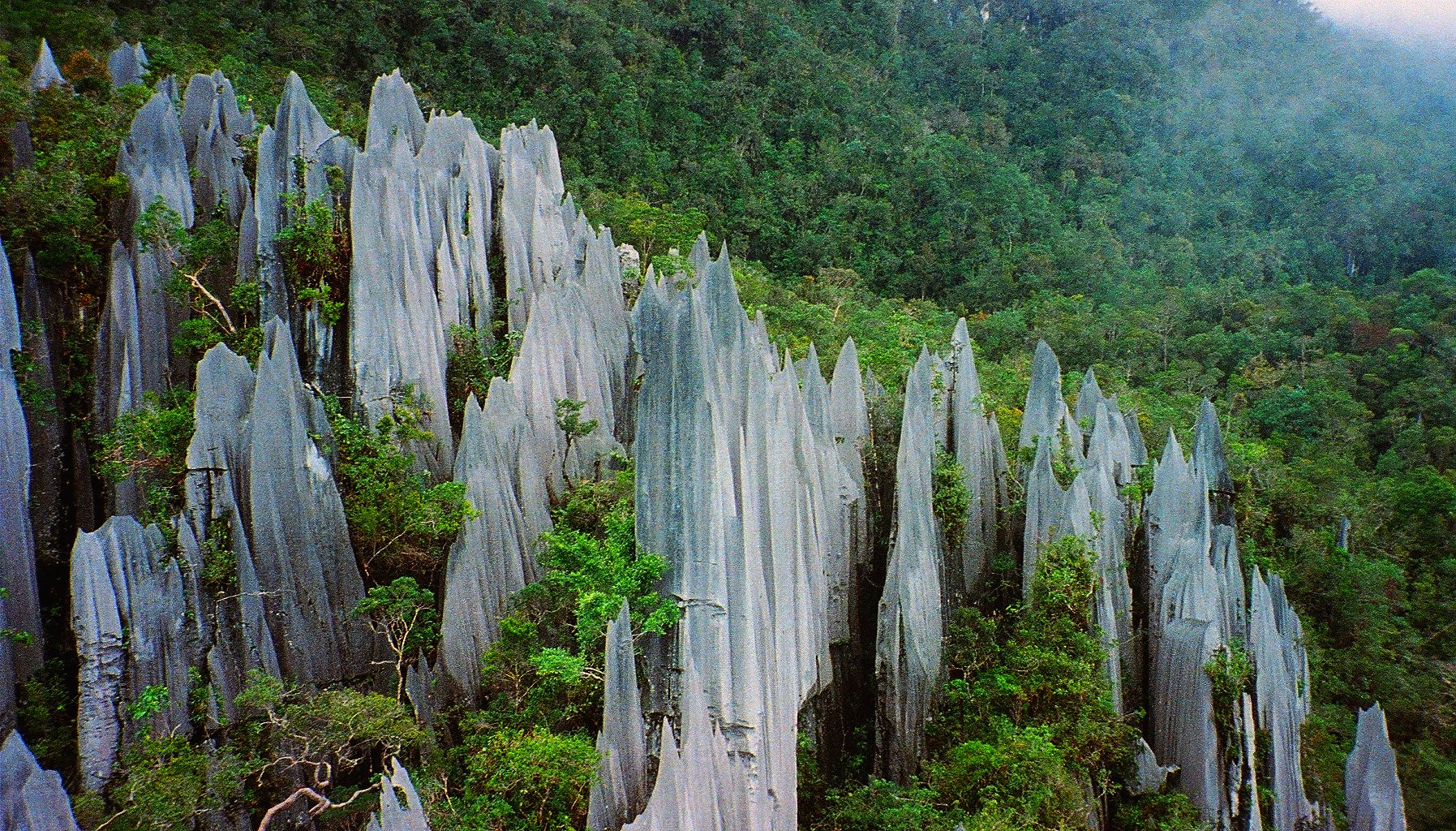
Source of Earth’s nitrogen supply could help store carbon
For decades, scientists have been trying to solve the “case of the missing nitrogen,” as we’ve known that more nitrogen accumulates in soil and plants than can be explained by atmospheric nitrogen alone. But the source of this additional nitrogen has eluded them… until now. A new study published in the journal Science has found that as much as 26 percent of nitrogen in global ecosystems is sourced from rocks – with the remaining portion coming from the atmosphere.
“Our study shows that nitrogen weathering is a globally significant source of nutrition to soils and ecosystems worldwide,” says co-lead author Ben Houlton, a professor at the University of California, Davis. “This runs counter the centuries-long paradigm that has laid the foundation for the environmental sciences. We think that this nitrogen may allow forests and grasslands to sequester more fossil fuel CO2 emissions than previously thought.”
Nitrogen is a vital component of the Earth’s ecosystems for many reasons, one of them being that it absorbs carbon dioxide pollution, and there is a limited amount of this element available from plants and soils. The study found that rock nitrogen availability – which is determined by weathering – varies across certain regions and landscapes. Mountainous areas like the Andes and Himalayas are believed to be major sources of rock nitrogen weathering, as do grasslands, deserts and woodlands.
With these new findings, mapping nutrient profiles in rocks for their potential for carbon uptake could be an important effort for conservation considerations, as areas with more rock nitrogen weathering could be able to sequester more carbon.
“Geology might have a huge control over which systems can take up carbon dioxide and which ones don’t,” says Houlton. “When thinking about carbon sequestration, the geology of the planet can help guide our decisions about what we’re conserving.”
Although this study does not have any immediate implications for farmers and gardeners – both of whom rely heavily on nitrogen to grow food – it could have major implications for how we project for climate change, as those models rely on the carbon cycle. In the meantime, the discovery that as much as one-quarter of an ecosystem’s nitrogen can come from bedrock will be having textbook editors scramble to rewrite our centuries-old understanding of our planet’s nitrogen availability.
—
By Connor Ertz, Earth.com Staff Writer
Image Credit: Paul White, FLICKR













